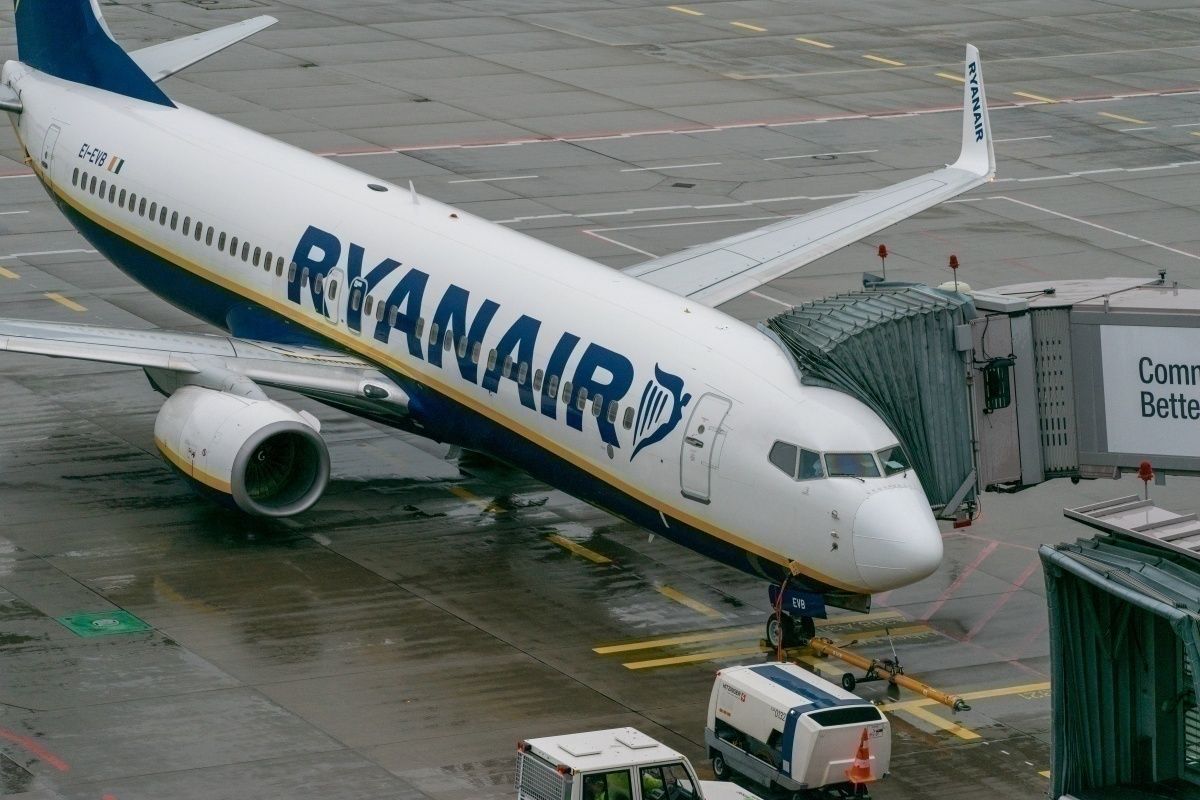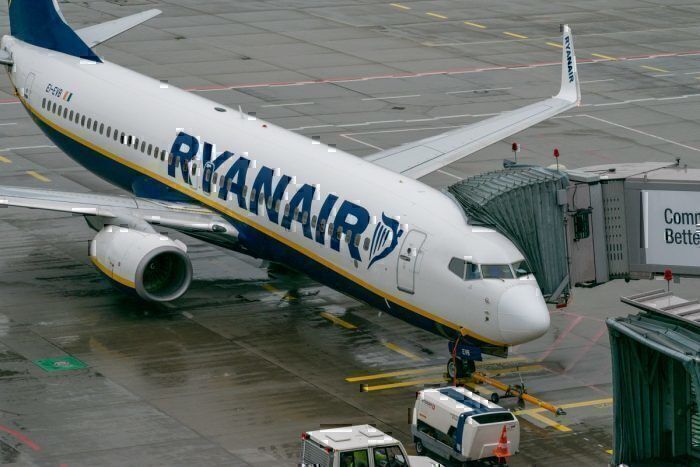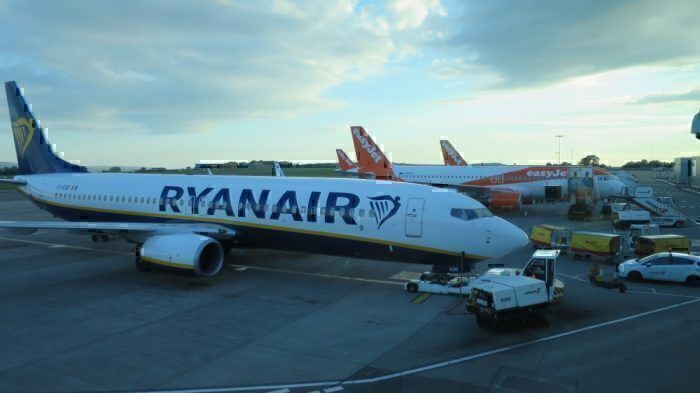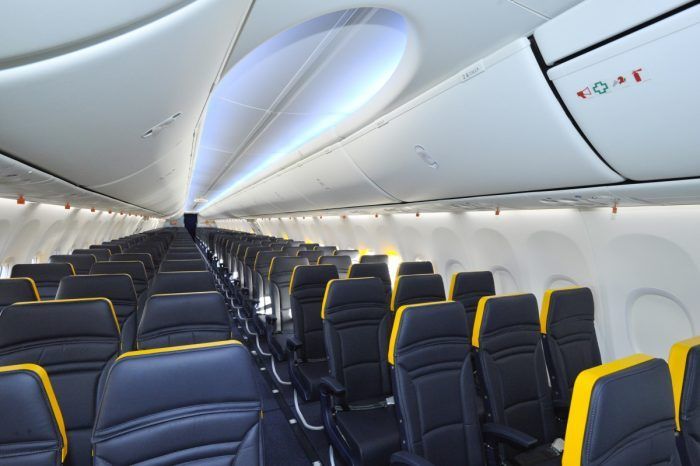On Friday, budget carrier Ryanair released its traffic statistics for the month of December. The numbers speak to a fairly successful month as the airline saw a 9% growth compared to December 2018. What's equally as impressive is the airline's rolling annual load factor of 96%. So what are some factors that might explain these successful numbers?
A load-factor of 96% means that 96% of available seats across Ryanair's fleet are being filled by passengers paying for tickets. This clearly indicates that most aircraft are operating at nearly full capacity. For Ryanair, this means in the last year 152.4 million travelers flew with the airline. For the sake of comparison, British Airways said in October that they fly 45 million passengers a year.
Quick turnaround time
It's no secret that aircraft make money by flying passengers. This means time spent on the ground is time not generating revenue. Therefore, in order to keep their aircraft in the air for as long as possible, ultra-low-cost carriers have nearly perfected the art of the quick turn around.
Fast turnaround times - as little as 25 minutes - allow for more flights to be scheduled in a day and more passengers getting to their destinations. These quick times can be attributed to rapid offloading and boarding via both ends of the aircraft as well as rapid cleaning with the absence of seatback pockets.
A quick turnaround ultimately leads to lower airfares - which customers obviously love.
Overall rise in air travel
According to sites like Statista, global overall air travel was estimated to have grown roughly 4% in 2019. Furthermore, it is expected to grow another 4% in 2020. The reasons behind this aren't a mystery: Air travel has become vastly more accessible to people all over the world. This is especially true with low-cost carriers like Ryanair.
Furthermore, after a traveler's first positive experience on a low-cost carrier, it's not hard to lure them back for future trips - especially with airfares being so low. This is encouraged with an ever-growing list of new destinations.
Hampered growth
A high load-factor doesn't provide the full picture though. A 96% load factor indicates that the airline's existing fleet and aircraft are being filled. But the number hides the fact that it could theoretically be selling even more seats and operating more flights. This is because Ryanair has a number of new Boeing 737 MAX jets that it can't use.
In fact, Ryanair may not receive any of its Boeing 737 MAX Aircraft until October. The news means that the Irish low-cost carrier could be without its “game-changer” aircraft during the busy summer season - losing out on sales it could have made. Therefore, potential gains are lost and expansion plans are delayed.
Conclusion
A high load factor doesn't necessarily mean that Ryanair is growing in the way that it would like. Unfortunately, the airline's capacity is hampered by the fact that it can't fly the brand new aircraft it has ordered. However, the numbers do show that the airline is filling the seats that it has. It's also a strong indication that the low-cost airline model is still healthy and popular among travelers.
Do you have plans to fly Ryanair in 2020? Let us know in the comments where you're planning to go!
We contacted Ryanair for a comment on what they think is behind their 9% December growth. We'll update the article if we receive a response from them.




